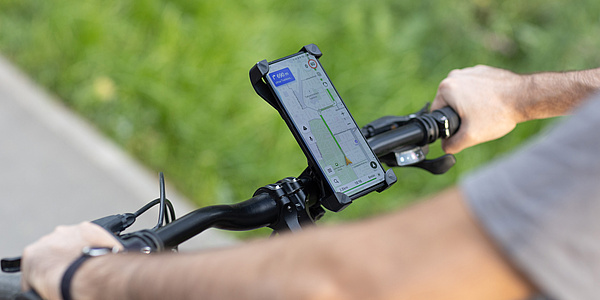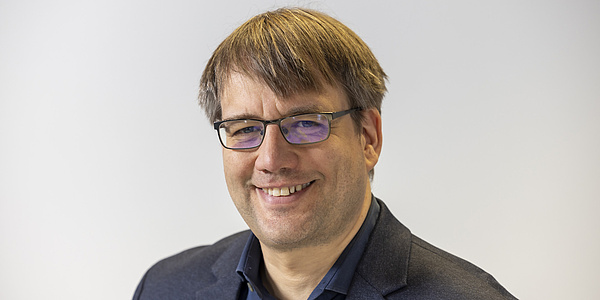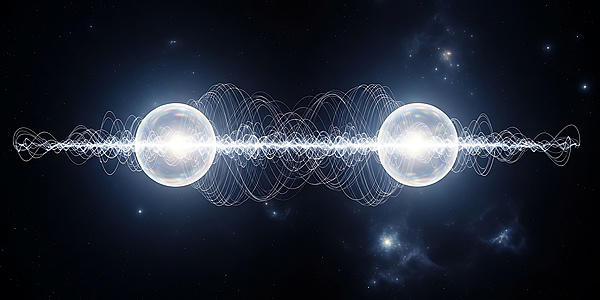Health trackers for rail tracks and other structures
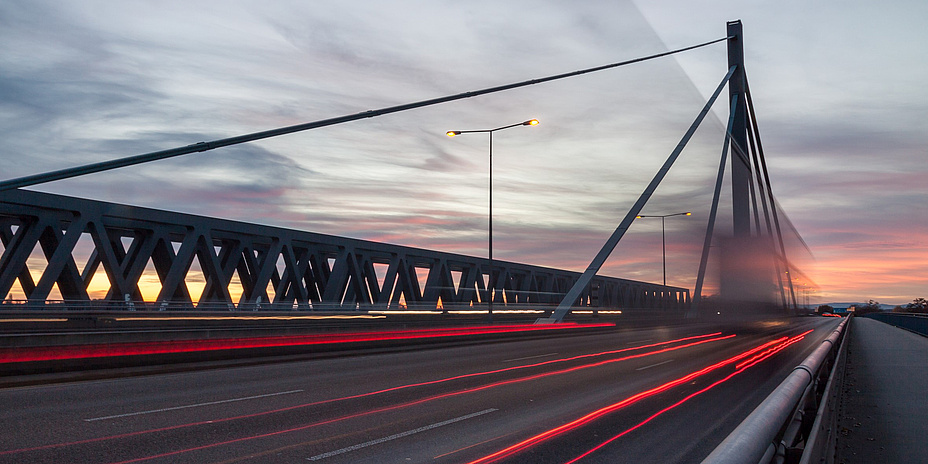
" 'Health tracking' on structural components continuously supplies key data, thus providing information about the smallest cracks and deformations in structures and recognising possible weaknesses. In this way alterations in materials and damage can be recognised early and repaired before functionality is endangered or before serious damage occurs," explains Werner Lienhart, who heads TU Graz’s Institute of Engineering Geodesy and Measurement Systems (IGMS) and is further developing methods of so-called structural health monitoring with his team.
Research on tracks along railways
Research at TU Graz has an effect, for instance, on monitoring railway tracks. ÖBB (Austrian Federal Railways) routinely monitor tracks during test drives which are carried out twice a year. Additionally, train drivers report any damage on the lines during normal services. To recognise alterations even faster, researchers at TU Graz are evaluating a novel measuring technique using fibre-optic sensor cables which are mounted on the tracks.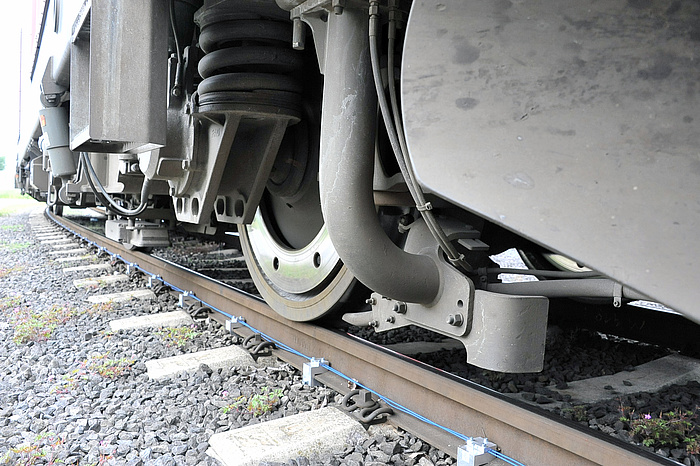
The project, which is financially supported by the Austrian Research Promotion Agency, was presented in detail at the <link file:65773 _blank int-link-external external link in new>Joint International Symposium in Deformation Monitoring (JISDM) 2016.
The use of fibre-optic measurements is being tested in the construction of the Koralm tunnel by Werner Lienhart and his research group at TU Graz’s IGMS together with the University of Leoben and ÖBB. Here, fibre-optic sensor cables are being placed in the segments – the parts of the tunnel lining – during their production. Since the sensing cables are integral parts of the structure, the researchers can record expansions in the lining segments and measure the development of cracks. Furthermore, the researchers are testing the long-term stability of the embedded sensors on the test stand. A patent was submitted for this innovative method (AT 516158) and granted in spring 2016.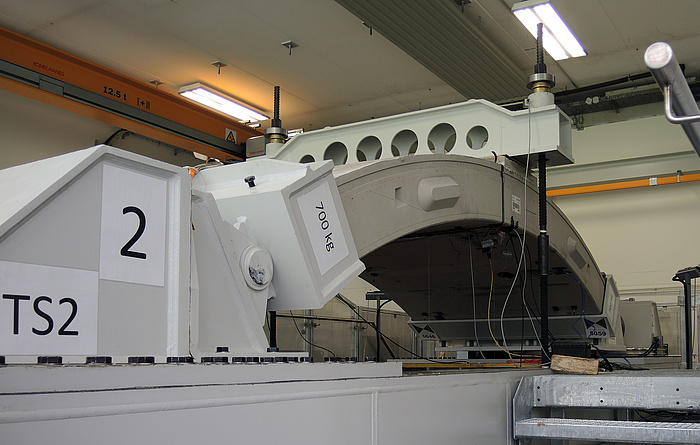
More research topics in the field of Structural Health Monitoring at TU Graz are described in detail on the <link https: www.tugraz.at institute igms research structural-health-monitoring _blank int-link-external external link in new>website of the Institute of Engineering Geodesy and Measurement Systems.
This research area is anchored in the Field of Expertise "Advanced Materials Science", one of five research foci of TU Graz.
Kontakt
Univ.-Prof. Dipl.-Ing. Dr.techn.
Institute of Engineering Geodesy and Measurement Systems
Steyrergasse 30
8010 Graz, Austria
Tel.: +43 316 873 6320
<link int-link-mail window for sending>werner.lienhart@tugraz.at
<link http: www.igms.tugraz.at _blank int-link-external external link in new>www.igms.tugraz.at
